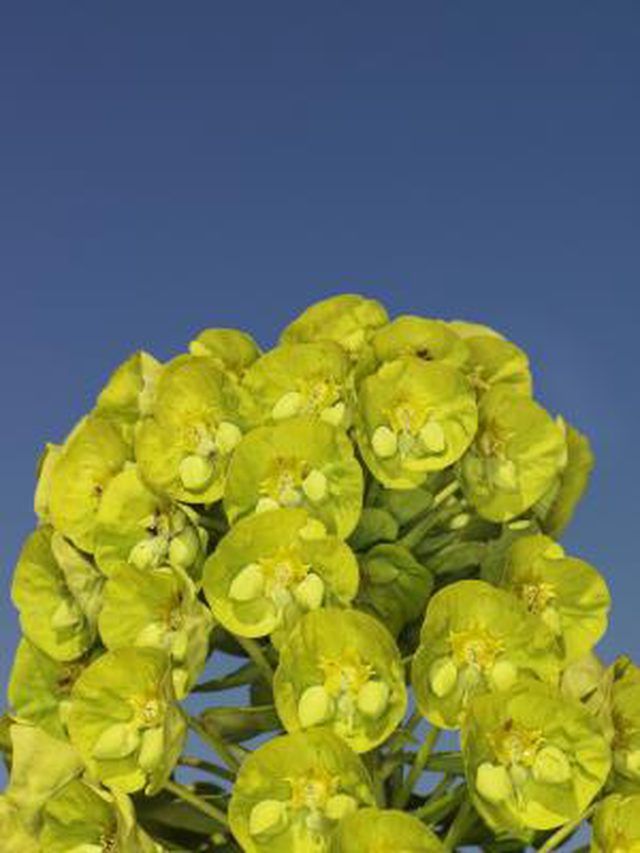Bulbs
Flower Basics
Flower Beds & Specialty Gardens
Flower Garden
Garden Furniture
Garden Gnomes
Garden Seeds
Garden Sheds
Garden Statues
Garden Tools & Supplies
Gardening Basics
Green & Organic
Groundcovers & Vines
Growing Annuals
Growing Basil
Growing Beans
Growing Berries
Growing Blueberries
Growing Cactus
Growing Corn
Growing Cotton
Growing Edibles
Growing Flowers
Growing Garlic
Growing Grapes
Growing Grass
Growing Herbs
Growing Jasmine
Growing Mint
Growing Mushrooms
Orchids
Growing Peanuts
Growing Perennials
Growing Plants
Growing Rosemary
Growing Roses
Growing Strawberries
Growing Sunflowers
Growing Thyme
Growing Tomatoes
Growing Tulips
Growing Vegetables
Herb Basics
Herb Garden
Indoor Growing
Landscaping Basics
Landscaping Patios
Landscaping Plants
Landscaping Shrubs
Landscaping Trees
Landscaping Walks & Pathways
Lawn Basics
Lawn Maintenance
Lawn Mowers
Lawn Ornaments
Lawn Planting
Lawn Tools
Outdoor Growing
Overall Landscape Planning
Pests, Weeds & Problems
Plant Basics
Rock Garden
Rose Garden
Shrubs
Soil
Specialty Gardens
Trees
Vegetable Garden
Yard Maintenance
How to Cut Back Euphorbia
How to Cut Back Euphorbia. Euphorbia is a wide and varied botanical genus that contains over 2,000 species of herbaceous perennial plants and succulents. Also known as spurge plants, euphorbia grows successfully in subtropical, tropical and temperate climates with very little special care. Though euphorbia survives without regular pruning, light...

Euphorbia is a wide and varied botanical genus that contains over 2,000 species of herbaceous perennial plants and succulents. Also known as spurge plants, euphorbia grows successfully in subtropical, tropical and temperate climates with very little special care. Though euphorbia survives without regular pruning, light pruning throughout the growing season and a harsh end-of-season pruning results in a more manicured-looking landscape plant. Cutting back euphorbia also has the added benefit of making the next season's growth and blooming even more prolific.
Things You'll Need
Pruning shears or loppers
Mild liquid soap
Soft cloth
Rubbing alcohol
Wash the blades of your pruning tools in warm, soapy water before cutting back the euphorbia to avoid spreading bacteria or fungus from previously pruned diseased plants. Rinse the blades under cool running water and dry them with a soft cloth. Rub rubbing alcohol onto the blades to sterilize them.
Examine the plant frequently during the growing season to identify problem foliage as soon as possible. Remove diseased, damaged or dead foliage from the euphorbia any time during the growing season to keep the plant healthy and attractive.
Snip spent blossoms from the euphorbia after each blooming cycle to encourage the formation of another flush of flowers.
Cut the euphorbia plant down to the ground in the fall to encourage more vigorous growth the following season. For best results, wait to cut back the plant until all of its shoots have completely yellowed.
Make the pruning cuts at a 45-degree angle and cut through the euphorbia shoots as cleanly as possible.
Tips & Warnings
Wash and sterilize the blades of your pruning tools after cutting back the euphorbia.
Many euphorbia species bleed a caustic, milky sap that irritates skin. Protect your hands with gardening gloves when cutting back your euphorbia.